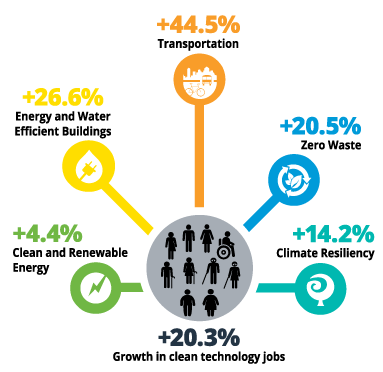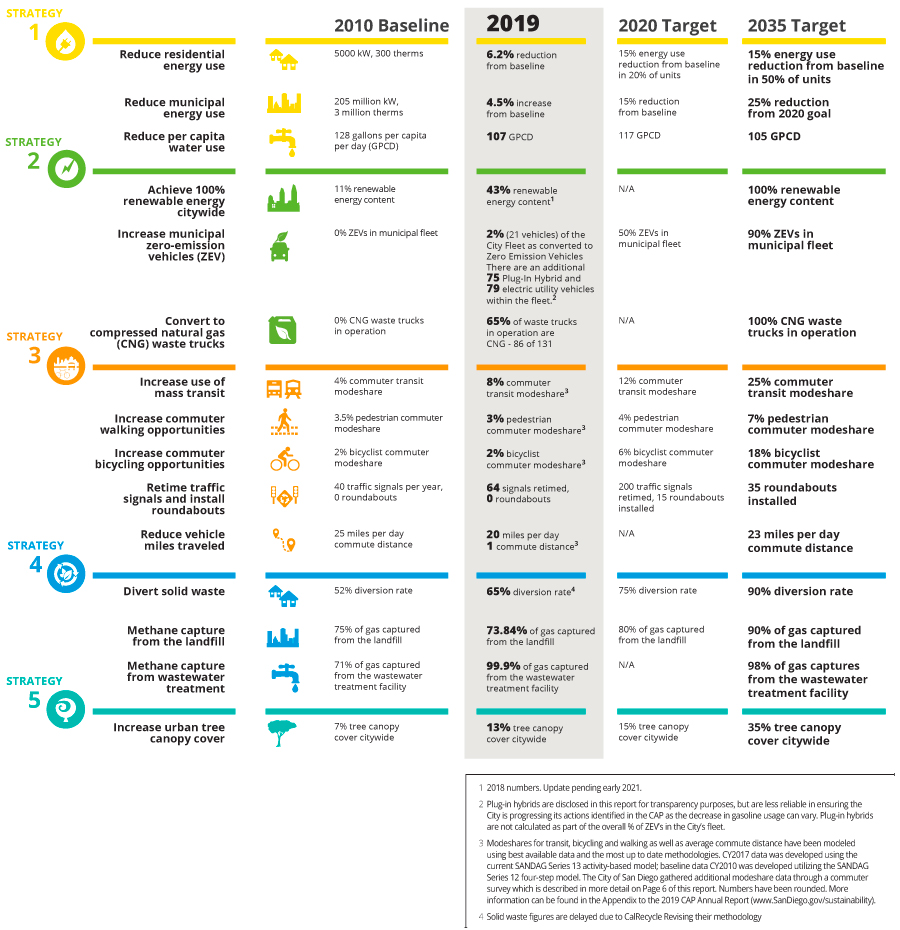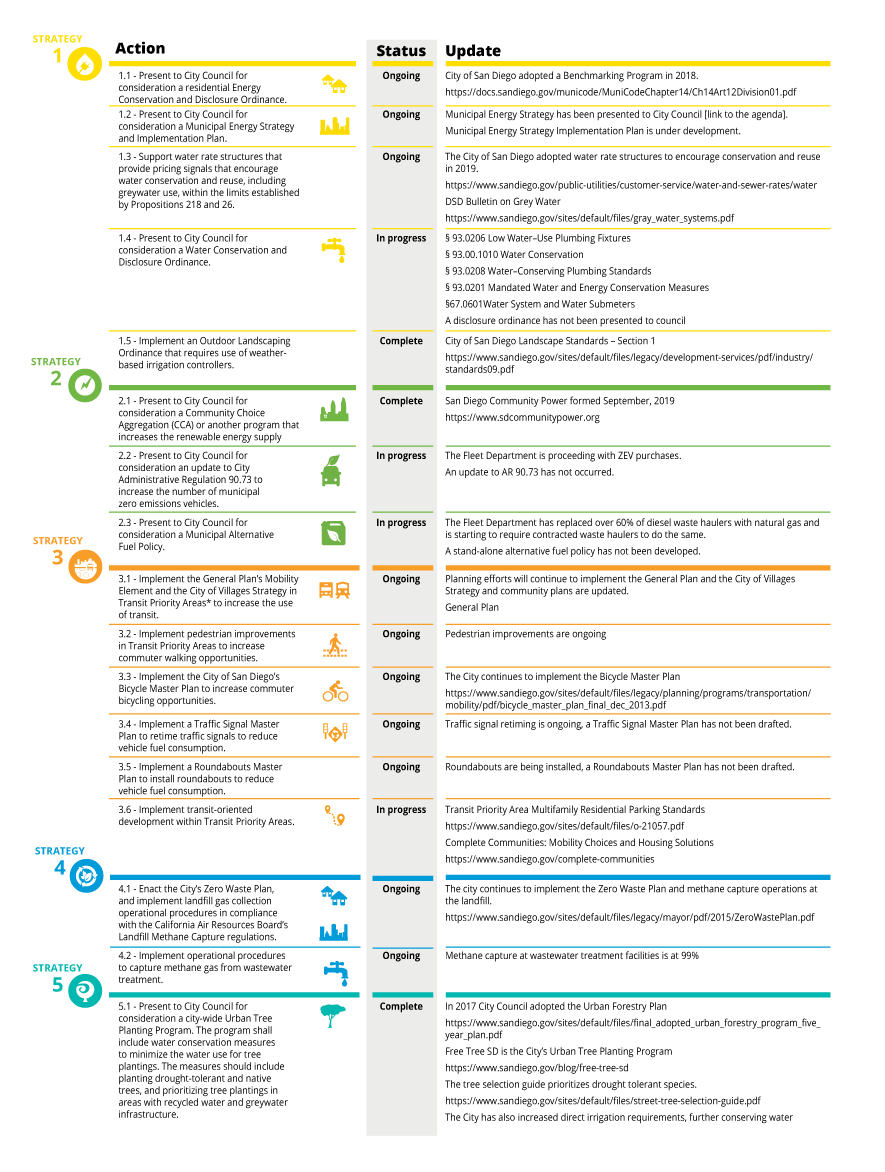
City of San Diego
Climate Action Plan
Annual Report 2020
Our Climate, Our Future|2019 Greenhouse Gas Emissions Inventory|Climate Equity Index|Job Growth|Partnerships Community Voices|Strategies|Letter from Sustainability Officer |Appendix
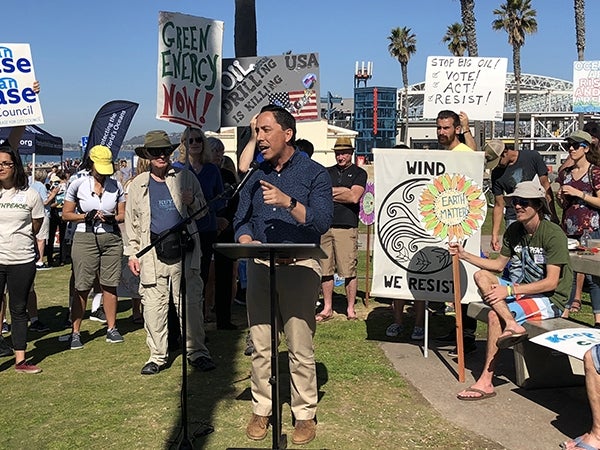
Mayor Todd Gloria
This year, we’ve had to stare down the biggest challenges of our generation: a global health crisis, a reckoning with racial inequality across the nation and a worsening climate crisis that continues to impact the lives of San Diegans, especially in our Communities of Concern. Together, we must address these issues to support a sustainable and swift recovery that prioritizes innovation, jobs, security and the health and wellbeing of San Diego families. The injustices we face today will not be resolved with a single action, but we can create a resilient future through the transition to 100% renewable energy, the development of a 21st century transportation system, the elimination of our dependence on fossil fuels and creating good-paying green jobs to address some of the historical disparities faced by our Communities of Concern.
The 2020 Climate Action Plan Annual Report demonstrates the advancements we have made to reduce greenhouse gas emissions, promote equity, and encourage growth in clean technology jobs. San Diego continued its trend of decreasing greenhouse gas emissions each year, reaching a 25% decrease in 2019 relative to emission totals in 2010. We are building community partnerships, integrating equitable solutions in Citywide policies, and supporting a 20% increase in jobs that support climate action.
We are now advancing an even greater vision for San Diego as we update our landmark Climate Action Plan. It’s time to decarbonize San Diego’s buildings and support the re-envisioning of San Diego’s transportation landscape. The City must lead by example with modernizing our operations and mitigating our impacts to the full extent. We are developing a community-driven plan that institutes a pathway to zero carbon by 2040 and delivers on our obligation to achieve the goals of the Paris Climate Agreement.
We must realize all the potential of taking bold climate action, including cleaner air, more livable neighborhoods, quality clean sector jobs, and improved community health. Climate equity will be at the center of all our work by uplifting community voices, strengthening the City’s partnerships with community-based organizations and residents, and prioritizing investments in Communities of Concern. We have ambitious goals, which can be attained by working together with our communities and local, state, and federal leaders to build a more resilient tomorrow. As your mayor, I am committed to making San Diego a world leader on climate action.

Todd Gloria
Mayor of San Diego
Our Climate, Our Future
This year brought significant hardship to many San Diegans. The COVID-19 pandemic threatens the health of our communities, and has resulted in uncertain economic conditions and a shift to how we interact around the City. Throughout this time the climate crisis continues and it has become more important than ever to engrain sustainability into our work. Our continued response to the pandemic must address the immediate needs of our communities while considering long-term impacts and ways to build back better.
The 2019 Greenhouse Gas Emissions Inventory
The total GHG emissions from San Diego in 2019 were approximately 9.6 million metric tons CO2e (MMT CO2e), a 25% decrease in emissions from 2010. Decreases in GHG emissions from electricity consumption, transportation, solid waste and water use offset some increase seen from natural gas consumption and wastewater production year-over-year.
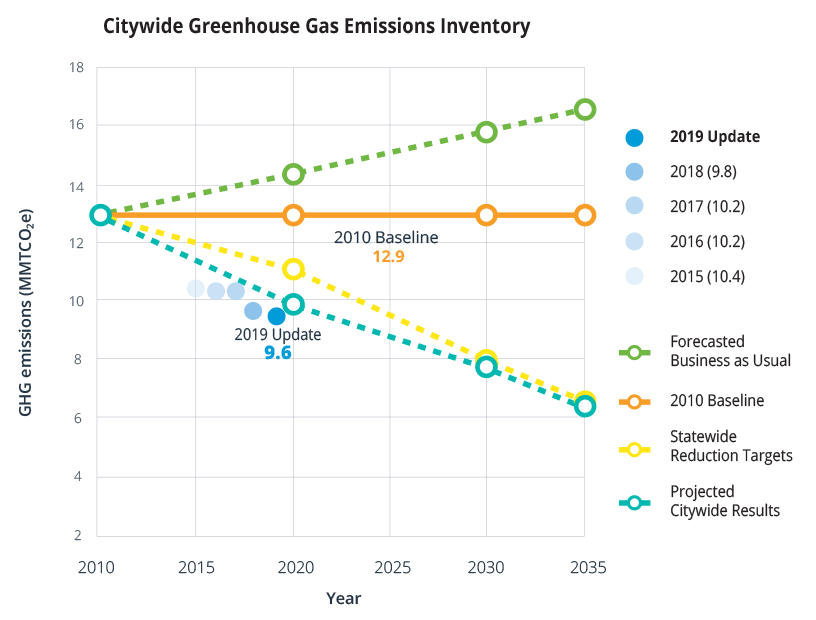
Climate Equity Index
The City established the Equity Stakeholder Working Group, which consists of over 35 community based organizations, to provide feedback and guidance on the development of the CEI. From this collaboration, the City recognizes that areas with very low and low access to opportunity face the largest barriers and should be prioritized. It is a recommendation of the Equity Stakeholder Working Group that low and very low access census tracts be used as the City’s definition of Communities of Concern.
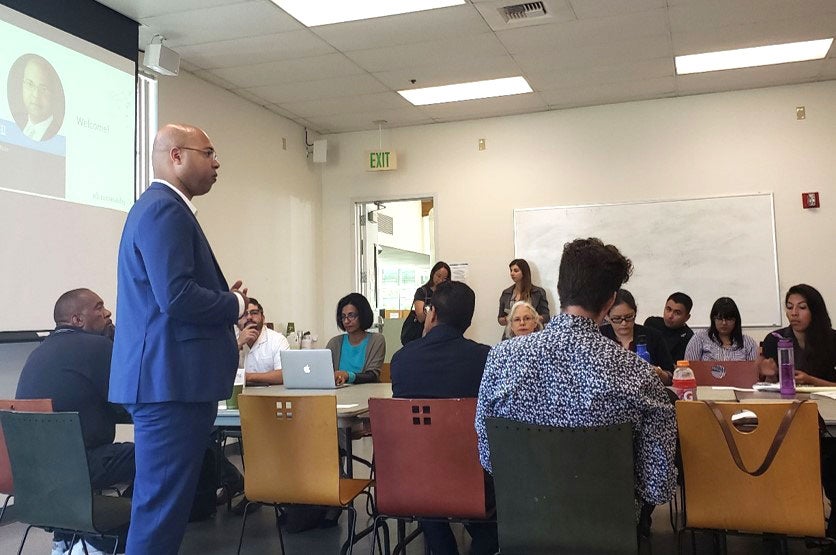
In 2019, in continued collaboration with the equity stakeholder working group, the City of San Diego developed the first-of-its-kind Climate Equity Index (CEI) to map out the disparities faced by Communities of Concern. This year, the City has incorporated the CEI in policy initiatives such as Complete Communities to direct resources and increase engagement in San Diego’s Communities of Concern to empower these communities in the decision making process. The city is also working to incorporate the CEI into the Capital Improvement Program (CIP) so that Communities of Concern receive a higher priority in the project scoring process.
Job Growth
In 2019, job growth in the five CAP-related sectors continued to rise. San Diego’s jobs in these sectors grew 20.3% from 2010 to 2019, adding 24,156 new jobs.
The Energy and Water Efficient Buildings sector contributed nearly 71% of the cumulative job growth. Meanwhile, the Clean and Renewable Energy sector shed 273 jobs in 2019, down 1.0% since 2010.
About 1/3 of total cleantech employment is from engineering jobs, which are experiencing stronger growth than the overall San Diego region.
Partnerships
American Cities Climate Challenge
In 2018, the City of San Diego became one of twenty-five cities participating in the Bloomberg Philanthropies American Cities Climate Challenge. The initiative aims to accelerate and deepen U.S. cities’ efforts to create the greatest climate impact and showcase the benefits – like good jobs, cleaner air, and cost savings – that climate solutions bring.
The American Cities Climate Challenge has contributed to municipal energy efficiency efforts, bike lane projects, transportation policies and municipal electric vehicle assessments.
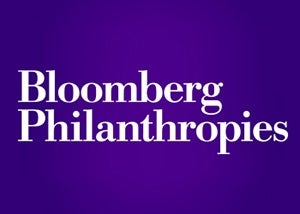




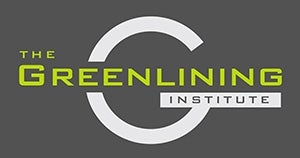
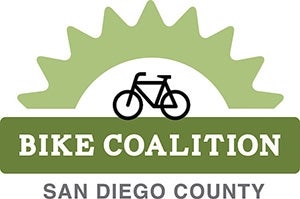


Partners4Places
The City of San Diego is working with Urban Sustainability Coalition, I Am My Brother’s Keeper, GRID Alternatives, the San Diego Foundation, Climate Action Campaign and the Center for Sustainable Energy to ensure that the benefits of work related to the Climate Action Plan are shared with the communities who need it the most. The Partners for Places Project has engaged communities in Southeast San Diego, empowering over 50 community members through the Climate Ambassadors for Environmental Justice educational program. This year, the team will be completing energy efficiency and resiliency analysis specific to mobile home parks.





Urban Sustainability Directors Network Equity Fellow
As a member of the Urban Sustainability Director’s Network (USDN), the City applied and was selected to host an Equity Fellow as part of USDN’s Equity, Diversity, and Inclusion Fellowship Program. Over the summer, the fellow focused on researching ways to implement recommendation two of the Climate Equity Index (CEI) Report. The recommendation is to focus community engagement efforts in partnership with community-based organizations, in communities with very low to moderate access to opportunity. The fellow researched national best practices and interviewed various City departments to understand the City’s current engagement practices. A working group has been formed to establish an engagement guide for Communities of Concern to implement recommendation two of the CEI report and increase the level of engagement within Communities of Concern.

Community Voices
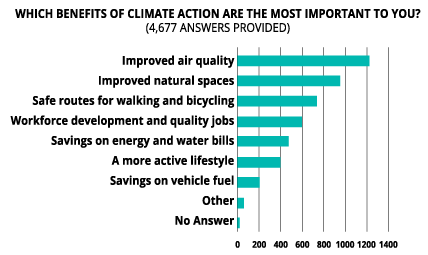 In 2020, the City hosted virtual forums, where approximately 400 attendees discussed which climate actions they prioritize, what climate equity means to them and how climate change has already impacted them. In partnership with the San Diego Public Libraries, staff distributed 10,000 climate action activity books for youth to learn about conservation while also sharing their own thoughts on the future of San Diego.
In 2020, the City hosted virtual forums, where approximately 400 attendees discussed which climate actions they prioritize, what climate equity means to them and how climate change has already impacted them. In partnership with the San Diego Public Libraries, staff distributed 10,000 climate action activity books for youth to learn about conservation while also sharing their own thoughts on the future of San Diego.
An online survey, available from April through November 2020, asked San Diegans how they prioritized various actions the City can take and what barriers they face to implementing sustainable practices and habits in their own lives. More than 1,700 people responded to the survey; full results are here.
 Overall, the survey results demonstrated that clean & renewable energy and mobility were considered to be the most important strategies to reduce the City’s GHG emissions. Improved air quality emerged as the most important benefit of climate action to respondents. The demographic results also confirmed that focus should be on diversifying the opinions and voices that are heard through these engagement efforts.
Overall, the survey results demonstrated that clean & renewable energy and mobility were considered to be the most important strategies to reduce the City’s GHG emissions. Improved air quality emerged as the most important benefit of climate action to respondents. The demographic results also confirmed that focus should be on diversifying the opinions and voices that are heard through these engagement efforts.
Strategies
Strategy 1: Energy and Water Efficiency
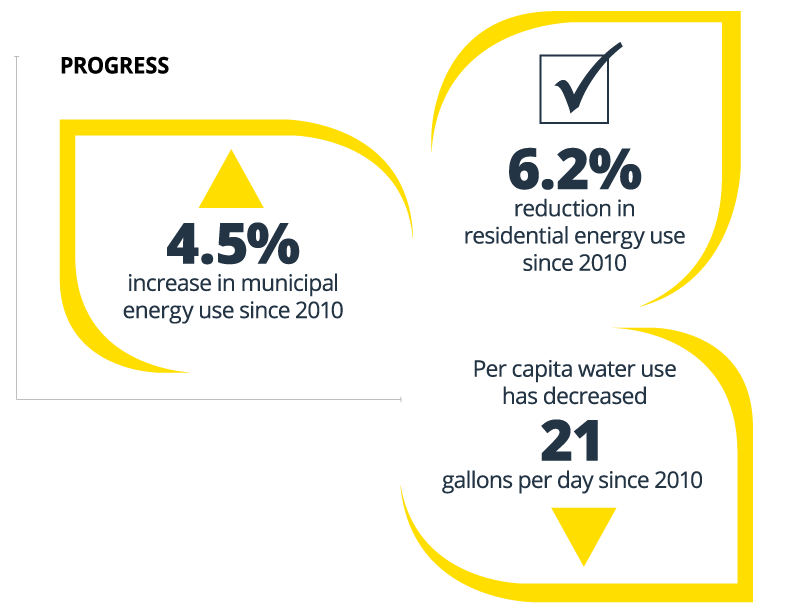
Municipal Energy Strategy
Make Your Mark 2020 - Building Energy Benchmarking Ordinance
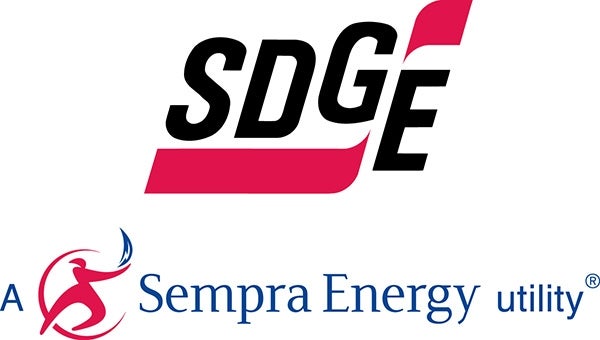 The first step to saving energy is knowing how much energy you’re using. The City’s Building Energy Benchmarking Ordinance ensures building owners have the resources they need to reduce energy, save money and even create jobs through reporting their energy data. This year, the City partnered with SDG&E for the “Make Your Mark 2020” campaign, culminating in a $2,500 donation from SDG&E to Ocean Discovery Institute, a school in City Heights providing STEM programming to youth from underserved urban communities of color. Building owners made their mark by giving back to the community and supporting future energy champions.
The first step to saving energy is knowing how much energy you’re using. The City’s Building Energy Benchmarking Ordinance ensures building owners have the resources they need to reduce energy, save money and even create jobs through reporting their energy data. This year, the City partnered with SDG&E for the “Make Your Mark 2020” campaign, culminating in a $2,500 donation from SDG&E to Ocean Discovery Institute, a school in City Heights providing STEM programming to youth from underserved urban communities of color. Building owners made their mark by giving back to the community and supporting future energy champions.
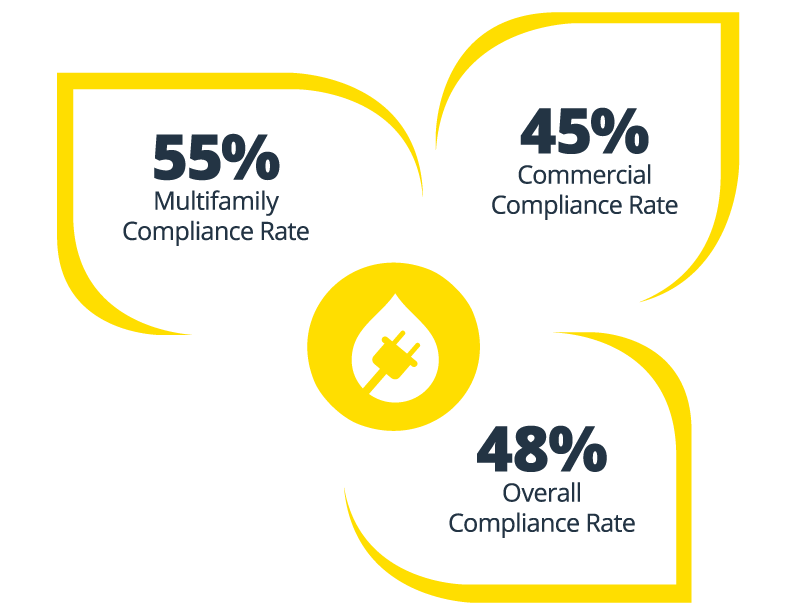
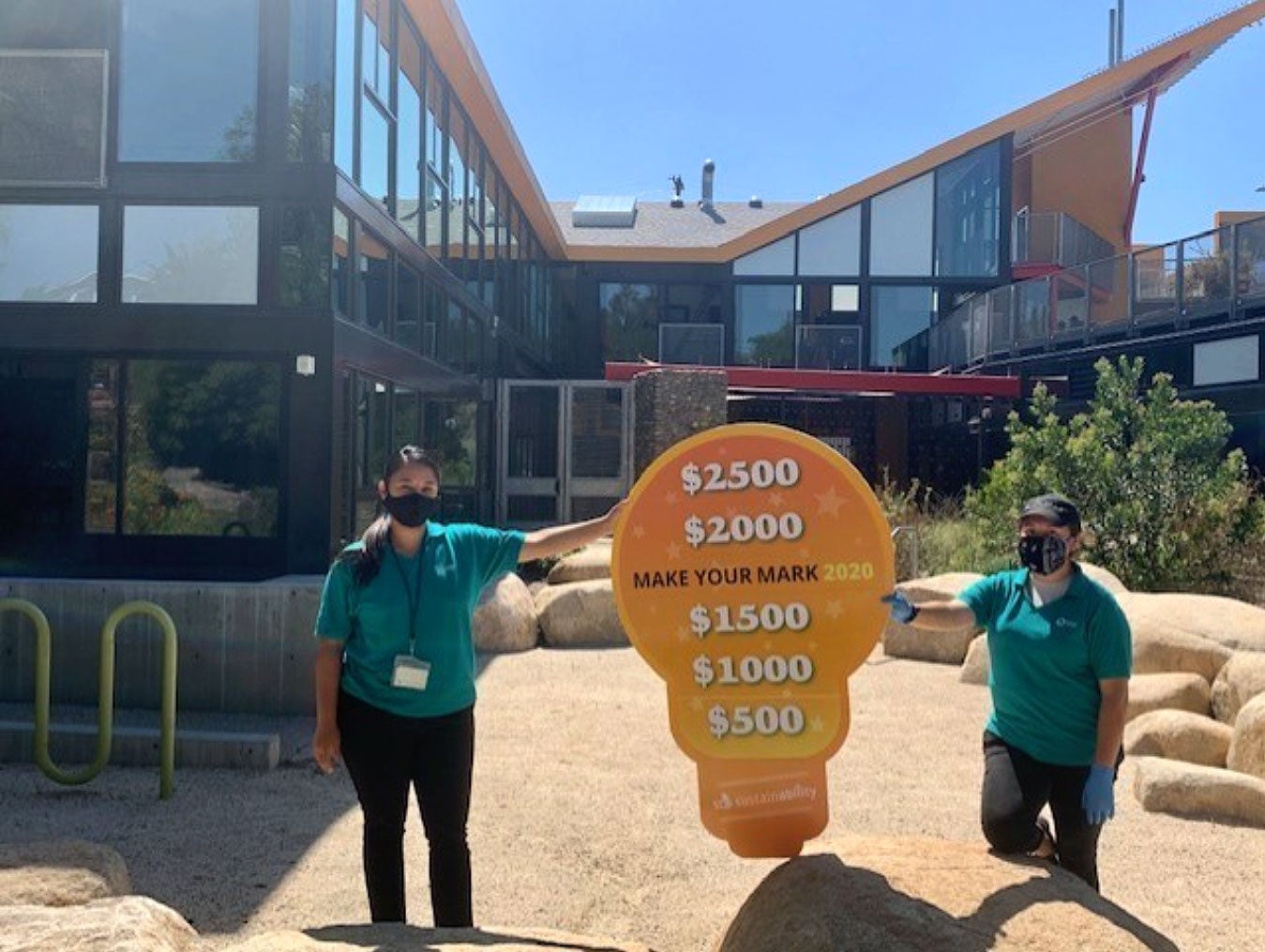
Zero Net Energy Libraries Project Complete
The Sustainability Department recently completed a zero net energy project on three libraries: Point Loma/Hervey, Serra Mesa-Kearny Mesa and Valencia Park/Malcolm X. These libraries were outfitted with solar energy systems, LED sensor lights, HVAC control devices, building automation systems and energy monitoring equipment. These upgrades will allow the libraries to generate as much renewable energy on site as they use annually.
Grey Water Systems
In order to encourage and simplify grey water use, the City published guidelines for new and existing development. These guidelines can be found in Development Services Department Information Bulletin 208. Reliable standards for grey water capture and reuse make it much easier to design and install such systems in the future and will lead to increased options for water conservation.
Strategy 2: Clean and Renewable Energy
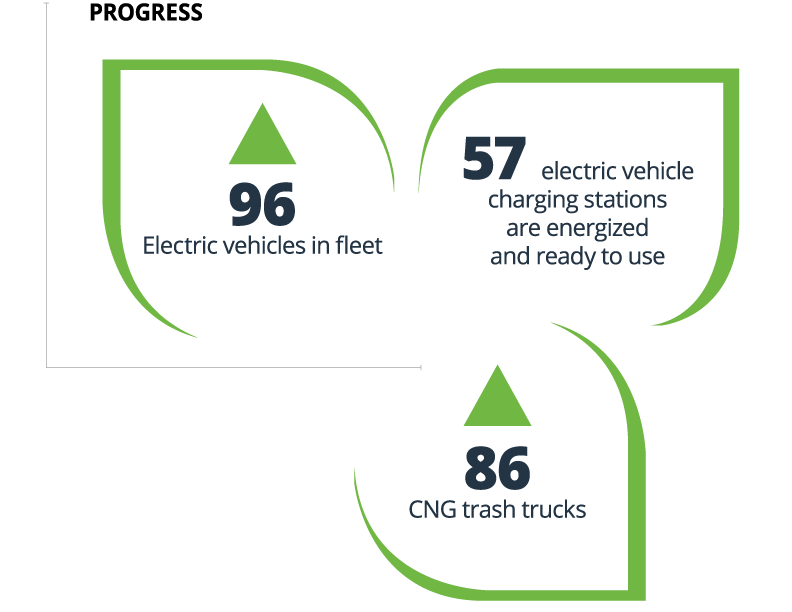
Fleet Electrification
In 2020 the City purchased its first electric street sweeper. This vehicle has been cleaning San Diego’s streets since August 2020.
In 2019 the City put into service 19 Chevrolet Bolt EVs supporting the general purpose fleet.
San Diego Community Power
San Diego Community Power (SDCP) will be delivering power to its first customers in 2021. SDCP provides more local control over San Diego’s energy landscape. Go the San Diego Community Power website for ways to get involved.
SDG&E’s Power Your Drive for Fleets
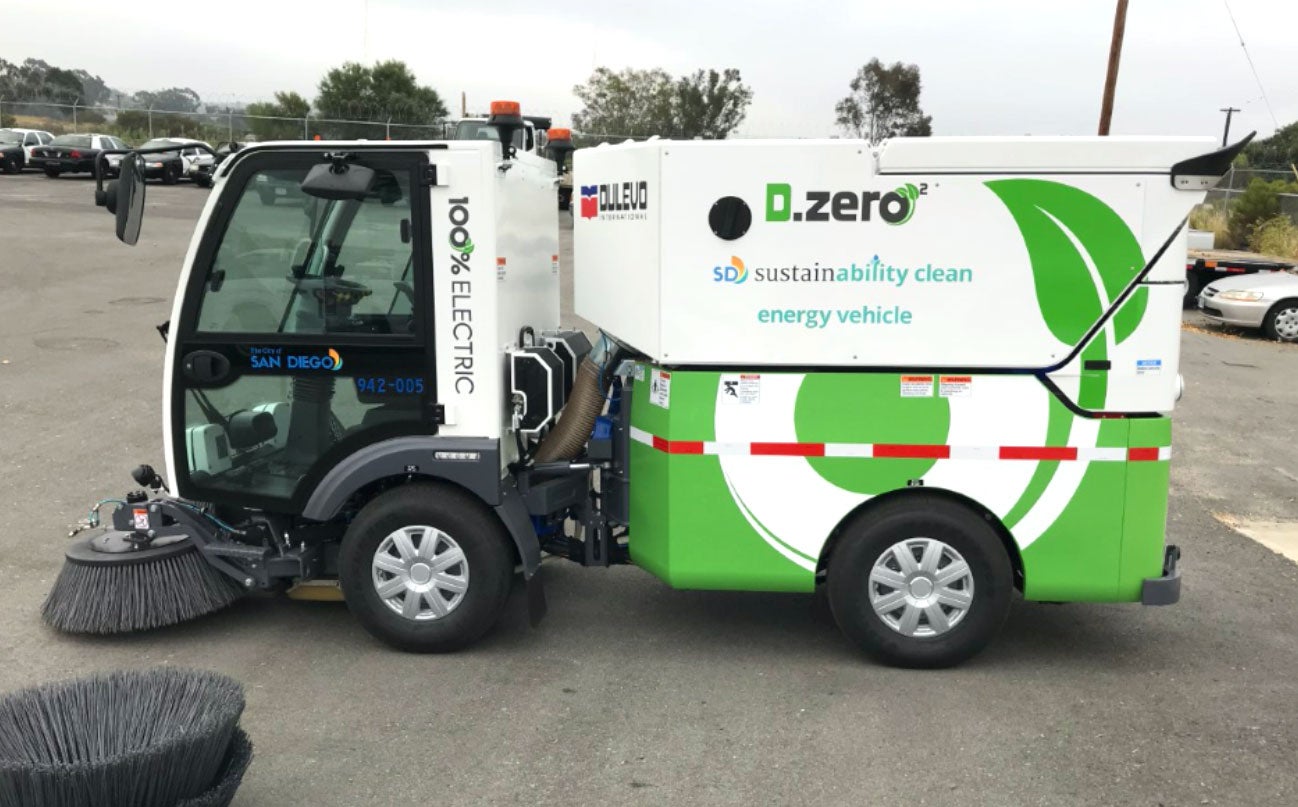
Strategy 3: Bicycling, Walking, Transit, and Land Use
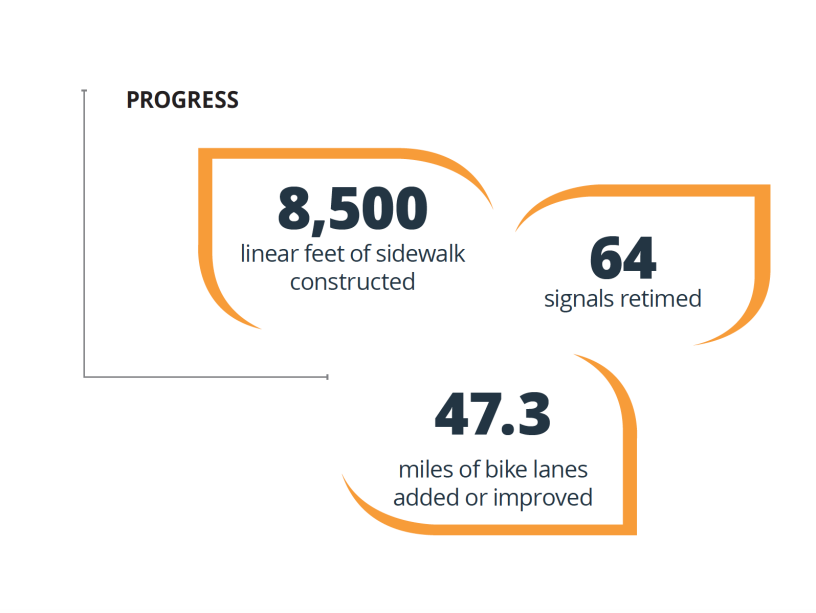
Downtown Complete Streets Implementation
Work continues on building out the Downtown cycle track network. Sixth Avenue and Beech Street are under construction to convert them from one-way to two-way cycle tracks, including new bicycle-specific traffic signals. Additionally, the next phase on Pacific Highway was awarded and includes completion of the segment from Grande Palm Court to Laurel Street in 2021.
Roundabouts

Roundabouts replaced traffic signals on La Jolla Boulevard, improving safety for pedestrians and bicyclists.
Vision Zero
In November 2020, the City released its Vision Zero 2020-2025 Strategic Plan. The plan is a snapshot in time of the progress made to date from the 2015 adoption of Vision Zero as a goal to eliminate severe injuries and fatalities from travel on city streets. Since 2015, the City has developed new crosswalk standards, analyzed years of crash data to recommend systemic safety improvements city-wide, and invested over $140 million in safety infrastructure.
Mobility Choices
Complete Communities: Mobility Choices supports safe, walkable, and transit-oriented communities by providing infrastructure that makes it easier to get outside and get around San Diego. Mobility Choices implements the CAP through strategic land use planning, providing a streamlined and consistent development process for transit priority areas and for VMT efficient areas of the City. The policy provides a funding source for walking, biking, and transit infrastructure and amenities such as shade trees, high-visibility crosswalks, and bicycle facilities. At least 50% of revenue will be earmarked for projects that make biking, walking and taking transit safer in Communities of Concern. These investments support the City’s CAP goal to reduce vehicular miles traveled by creating convenient and reliable alternative travel options.
Better by Bike
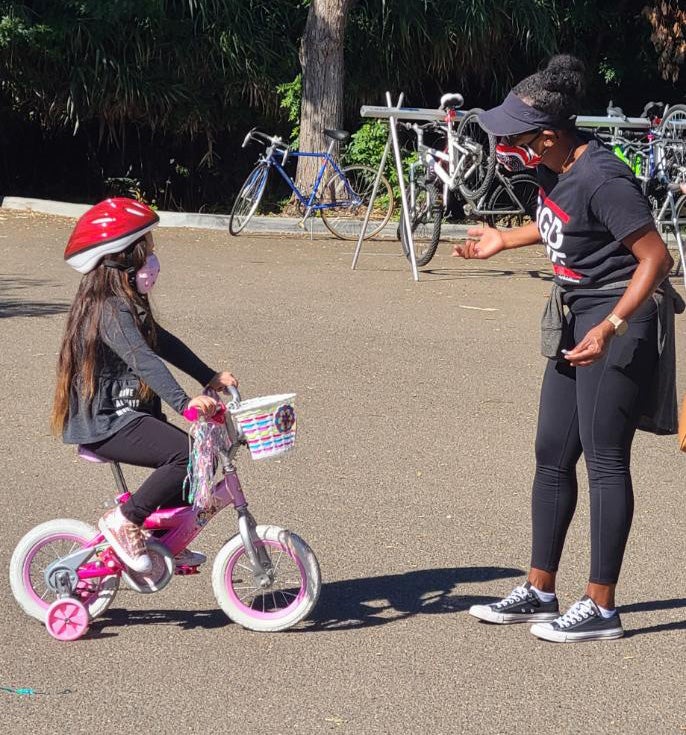
Volunteers helped young people learn to ride bicycles during a City-sponsored community event in Encanto.
Better by Bike is an outreach and education campaign launched by the City of San Diego and San Diego County Bicycle Coalition in May 2020. The campaign goals include promoting diversity in bicycling, encouraging support for protected bike lanes and increasing people going by bike. The Better by Bike blog launched in August highlighting riders' personal stories, City bike infrastructure updates, and resources to get new riders prepared to hit the road. The campaign incorporated events including the May Bike Month Challenge, a Mid-City Bike Scavenger Hunt and an online bike education and bicycle giveaway for students and parents in the Encanto community.
Better by Bike won a 2020 Circulate Momentum award in the “COVID-19 Innovation” category for the campaign’s creative public engagement allowing San Diegans to get outside, support local businesses and explore their neighborhoods in a safe and healthy way.
Strategy 4: Zero Waste
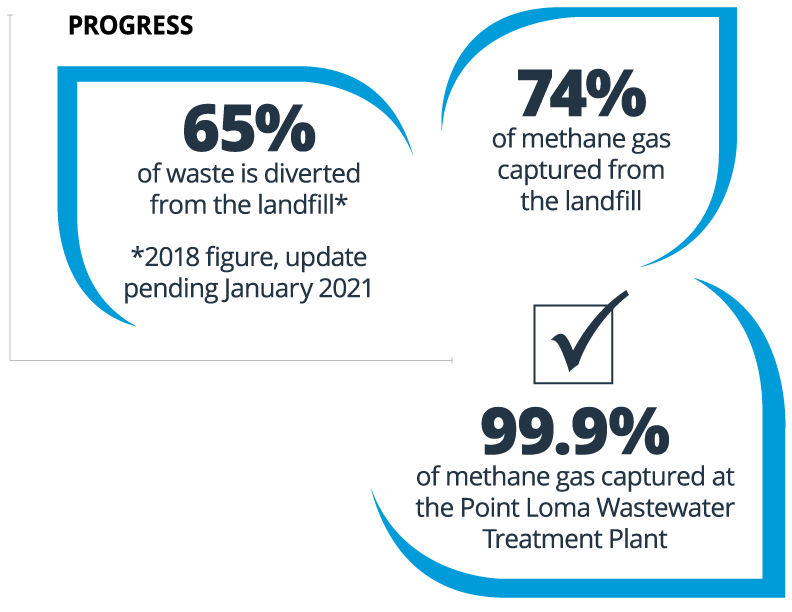
Residential waste resulting from the stay home orders has increased by 11%, and uncommon materials were introduced to the recycling stream with the increased use of disposable masks, gloves and wipes. Education and outreach efforts and material processing coordination were initiated to address the COVID-19 related challenges.
Resident and Business Education and Outreach
In response to COVID-19 safety precautions, the City's Environmental Services Department shifted its education and outreach efforts to virtual methods. Newly developed resources were posted to the department website including webinars, online training videos and tools/protocols to provide technical assistance to Commercial Food Scraps Composting Program participants. Some of the materials were also made available in Spanish.
Collections Trucks
The Collections division converted 86 out of 131 vehicles from diesel to compressed natural gas (CNG) in FY2020, averaging about 20 vehicles per year. Franchisees are also required to start converting haulers to alternative fuels vehicles.
Strategy 5: Resiliency
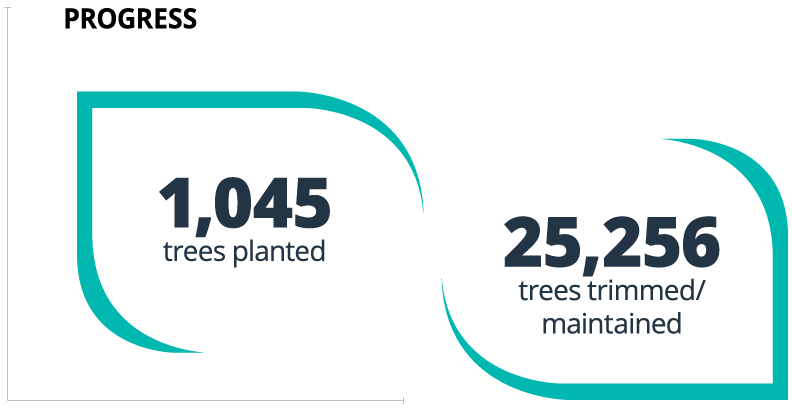
Climate Change Vulnerability Assessment:
Completed in February 2020, the Climate Change Vulnerability Assessment assesses the risk of four primary climate change hazards to the City of San Diego: wildfire, sea level rise, extreme heat, and flooding. Backed by the best available science and informed by a diverse Stakeholder Advisory Group, the assessment identifies and evaluates which City assets are vulnerable to climate change and the potential consequences that could occur without adaptation actions or measures. The Climate Change Vulnerability Assessment was a key step in the City’s adaptation planning process to develop a comprehensive climate adaptation and resilience plan, Climate Resilient SD.
Tree City USA 10th Year
The Tree City USA program has been greening up cities and towns across America since 1976. It is a nationwide movement that provides the framework necessary for communities to manage and expand their public trees.
More than 3,400 communities have made the commitment to becoming a Tree City USA. They have achieved Tree City USA status by meeting four core standards of sound urban forestry management: maintaining a tree board or department, having a community tree ordinance, spending at least $2 per capita on urban forestry and celebrating Arbor Day.
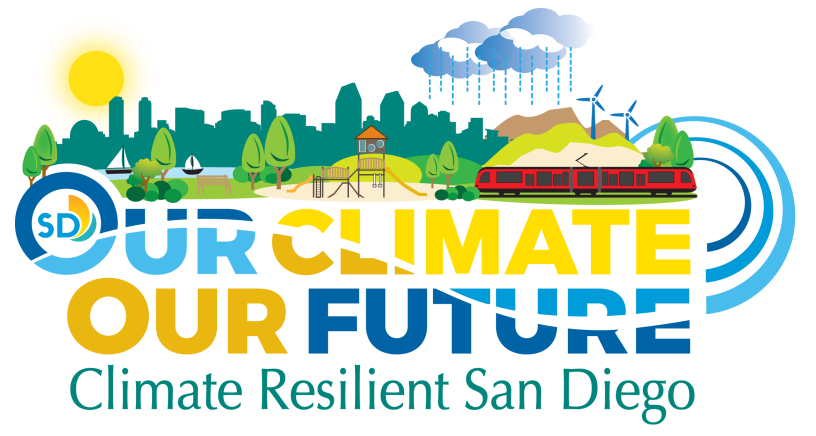 Climate Resilient SD
Climate Resilient SD
The City of San Diego is in the process of developing Climate Resilient SD, a comprehensive climate adaptation and resilience plan to ensure San Diego continues to thrive amidst a changing climate.
We have launched an engagement tool that provides information about key climate change impacts to the San Diego region as well as seeks feedback from communities and stakeholders on the goals and vision for a resilient and thriving San Diego. The survey can be found here and will be available until Feb. 19, 2021.
Letter from Chief Sustainability Officer

This year has tested our city in every way. While experiencing the novel coronavirus (COVID-19) pandemic, an economic recession, and nationwide racial justice protests, we have also felt the impact of climate change firsthand. To address these issues, we must first understand that they are intrinsically linked. In San Diego, we are working to advance climate action that gives our historically marginalized communities a seat at the table while creating opportunities for good jobs and innovation. We can build a better future with an equitable climate recovery, using blueprints of the Climate Action Plan to improve the health of our environment, economy, and communities.
2020 has shown us that drastic shifts to the status quo are possible. We reimagined our streets to support small businesses while making walking and bicycling safer. Companies and organizations continued operating safely while teleworking, which significantly reduces greenhouse gas emissions from commuting. This year we also introduced new policies, like Complete Communities, that will make walking, biking and taking public transit a more convenient choice while investing in our Communities of Concern.
In 2020, Sustainability staff started the process to update the Climate Action Plan. Through community workshops, virtual methods for feedback, and youth engagement, San Diegans are helping to build the foundation of Our Climate, Our Future. Updating the 2015 Climate Action Plan is an opportunity to center equity and environmental justice, align San Diego with State goals and bring focus to incorporating the additional benefits of climate action.
In this global moment of uncertainty, San Diego has a responsibility to lead by responding to our challenges boldly. I am proud to be part of the movement to create a more equitable, connected and resilient San Diego.

Erik Caldwell
Sustainability Director and Chief Sustainability Officer
